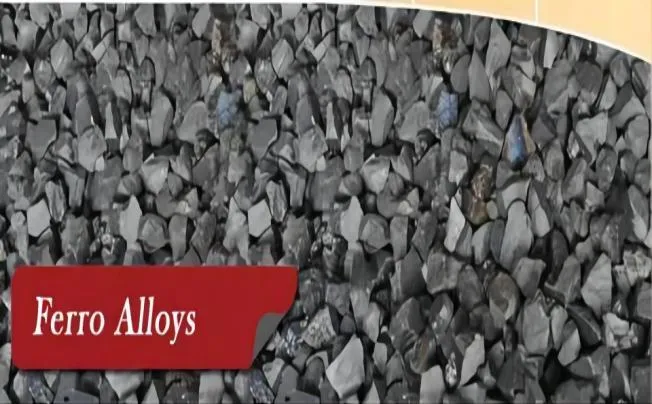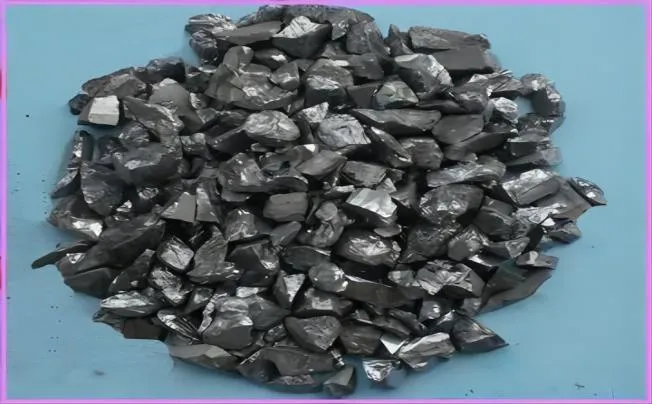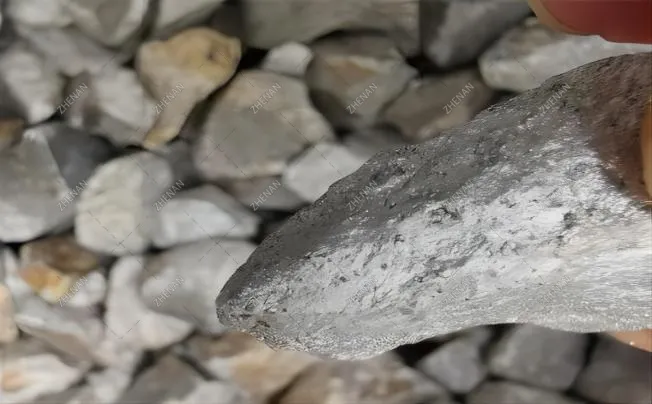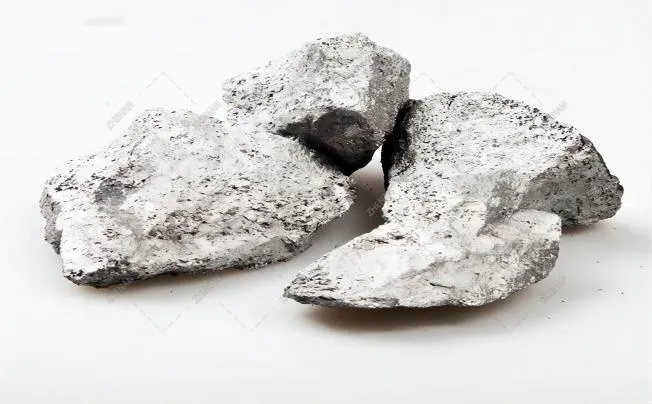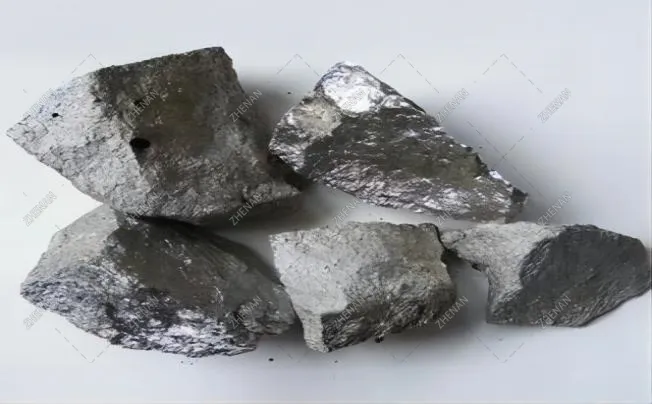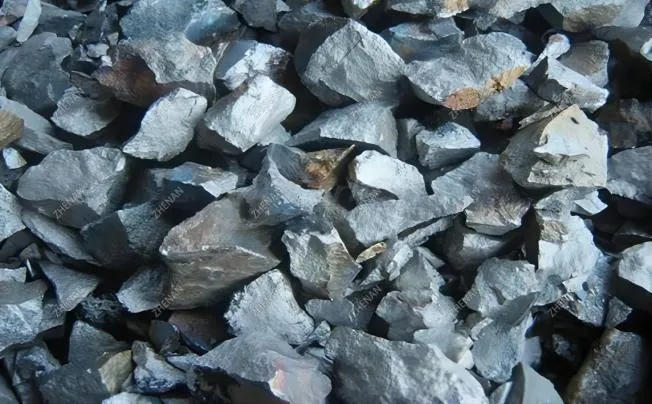What is Ferromolybdenum?
An alloy known as ferromolybdenum consists of both molybdenum (Mo) and iron (Fe). It is frequently added to steel to increase its strength and resistance to corrosion. Melting a combination of iron and molybdenum together, usually in an electric arc furnace, yields ferromolybdenum.
Description of Molybdenum Element
A key component of the majority of superalloys, molybdenum also strengthens solid solutions at high temperatures, boosts corrosion resistance in reducing solutions, and reduces pitting resistance from chloride. Because of its high strength up to 2000oC, low coefficient of expansion paired with strong thermal and electrical conductivity, high resistance to corrosion by molten glass, salts, and metals, and remarkable wear resistance in thin coatings, molybdenum and its alloys are found ever-wider applications.
Chemical Composition
The following table shows the chemical composition of ferromolybdenum.
| Element | Content (%) |
| Molybdenum, Mo | 65 – 75 |
| Iron, Fe | 22.75–32.75 |
| Silicon, Si | ≤ 1.5 |
| Copper, Cu | ≤ 0.50 |
| Carbon, C | ≤ 0.10 |
| Sulfur, S | ≤ 0.10 |
| Phosphorous, P | ≤ 0.050 |
What is Ferromolybdenum Used For?
- Steel manufacture: The primary alloying ingredient utilized in the production of steel is ferromolybdenum. added to steel to improve its toughness, strength, and hardness. The steel’s resistance to corrosion is further enhanced by the addition of ferromolybdenum, which qualifies it for use in hostile situations.
- Railway sector: The railway sector uses ferrolybdenum, particularly to protect railway cars from fire. It is applied to improve the materials’ ability to withstand fire in railway cars.
- Chemical analysis: Chemical analysis techniques employ ferromolybdenum. It is employed, for instance, to determine how much molybdenum is present in different compounds.
- Metallurgical processes: Thermal metal smelting is one of the metallurgical processes that use ferromolybdenum. Experimental investigations of thermodynamic models for the hot melting of ferromolybdenum metals have been aided by computational thermodynamics.
- Additional uses: Ferromolybdenum is utilized in some different sectors. Other alloys containing molybdenum, such as ferrotungsten, ferrovanadium, ferrotitanium, and ferroniobium, are made with it. These alloys are used in a variety of industries, including construction, aircraft, and automotive.
How is Ferromolybdenum Produced?
Raw materials: Iron and molybdenum are the primary raw materials used to produce ferromolybdenum. These materials are commonly found as ferromolybdenum scrap, iron ore, or molybdenum ore.
Melting: In an electric arc furnace, iron and molybdenum are melted together. To melt raw materials, the furnace generates intense heat using an electric arc to reach high temperatures.
Alloying: To create the appropriate composition, the elements are combined after they have melted. The unique requirements of the alloy can affect the iron-to-molybdenum ratio.
Refining: To get rid of impurities and further alter the composition, molten alloys might go through a refining process. This could entail changing out components that aren’t needed or adding new ones.
Casting: The alloy is poured into a mold and solidified following refinement. Molds might have different dimensions and forms based on how ferromolybdenum is going to be used.
Solidification and cooling: In the mold, the cast alloy solidifies and cools. Depending on the particular use, it can either be utilized as-is or undergo additional processing after curing.
Market Demand and Competition
Market demand:
The general demand for steel and its alloys is one of the elements that affect the demand for ferromolybdenum. Since ferromolybdenum is mostly used in the alloying process to produce steel, the demand for ferromolybdenum is mostly driven by the need for steel in a variety of industries, including infrastructure, construction, and the automobile industry.
The burgeoning expansion of these sectors, especially in developing nations, may augment the need for ferromolybdenum. Furthermore, variables including government policies, environmental laws, and technical breakthroughs may have an impact on the demand for ferromolybdenum.
Competition:
There are numerous national and international companies engaged in the manufacturing and distribution of ferromolybdenum, making the market extremely competitive. Several of the world’s leading ferromolybdenum manufacturers are found in nations including Peru, Chile, China, and the United States. These nations are renowned for having large reserves and capacity for producing molybdenum.
The ferromolybdenum market is highly competitive due to various variables, including pricing, product quality, manufacturing capacity, and customer relationships. Manufacturers make an effort to set themselves apart from the competition by offering premium goods, a dependable supply chain, and top-notch customer support.
It is significant to remember that the dynamics of the market could shift over time for some reasons, such as shifts in the demand for steel globally, shifts in the supply of raw materials, and shifts in industry trends. For the most precise and recent information on the demand and competition in the ferromolybdenum market, you must refer to the most recent market studies and industry resources.




